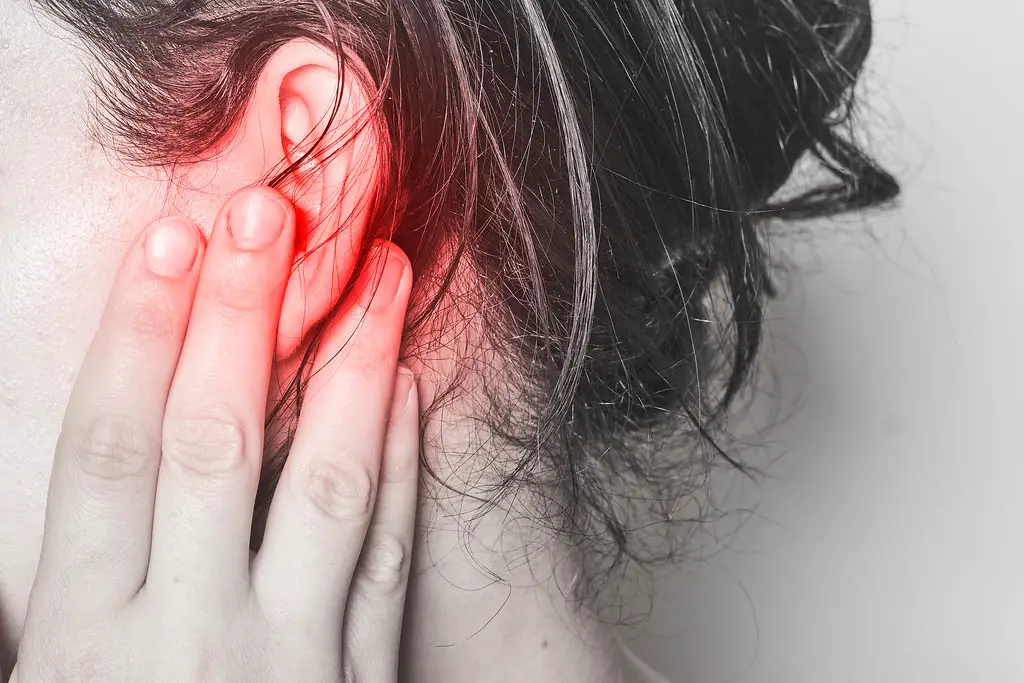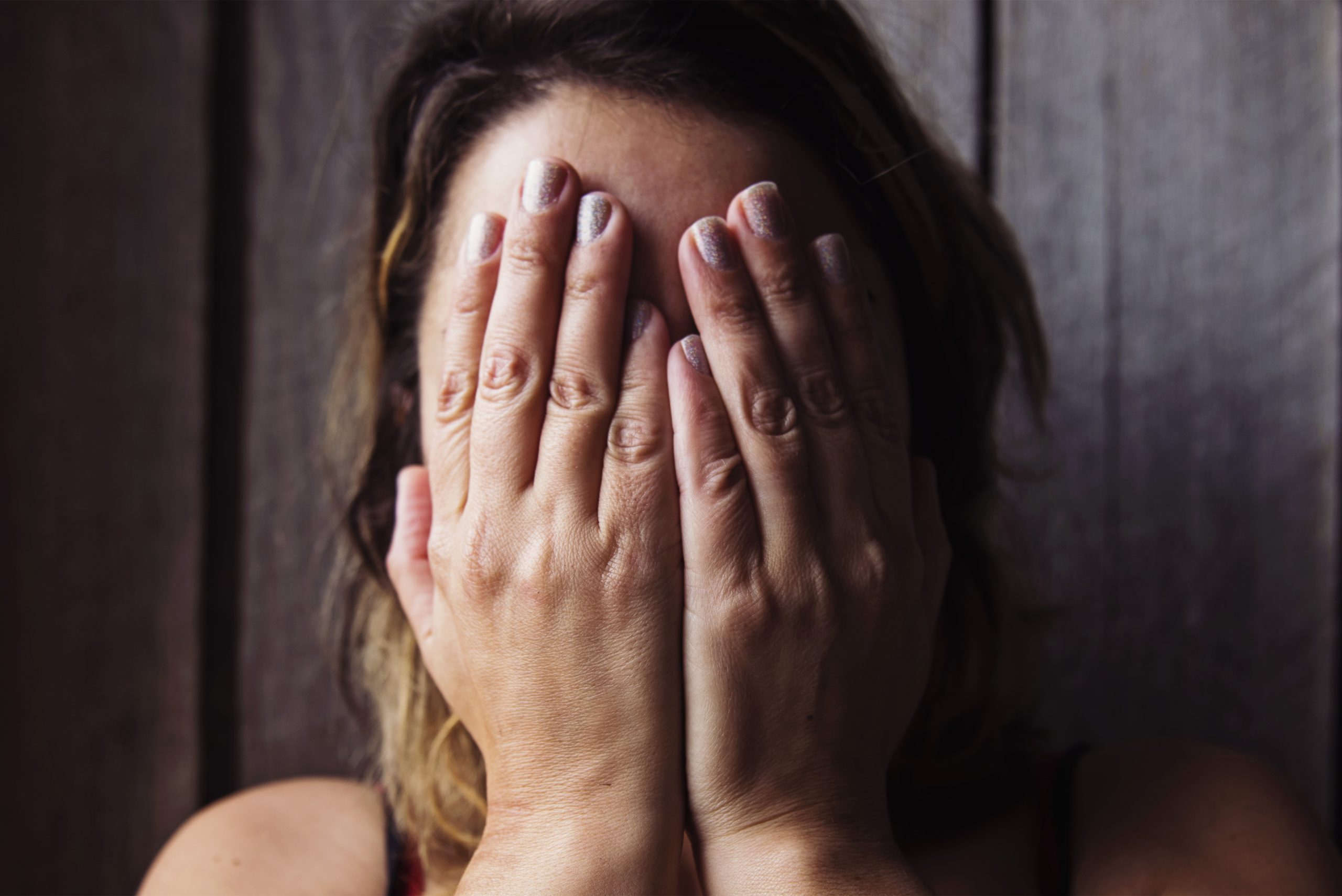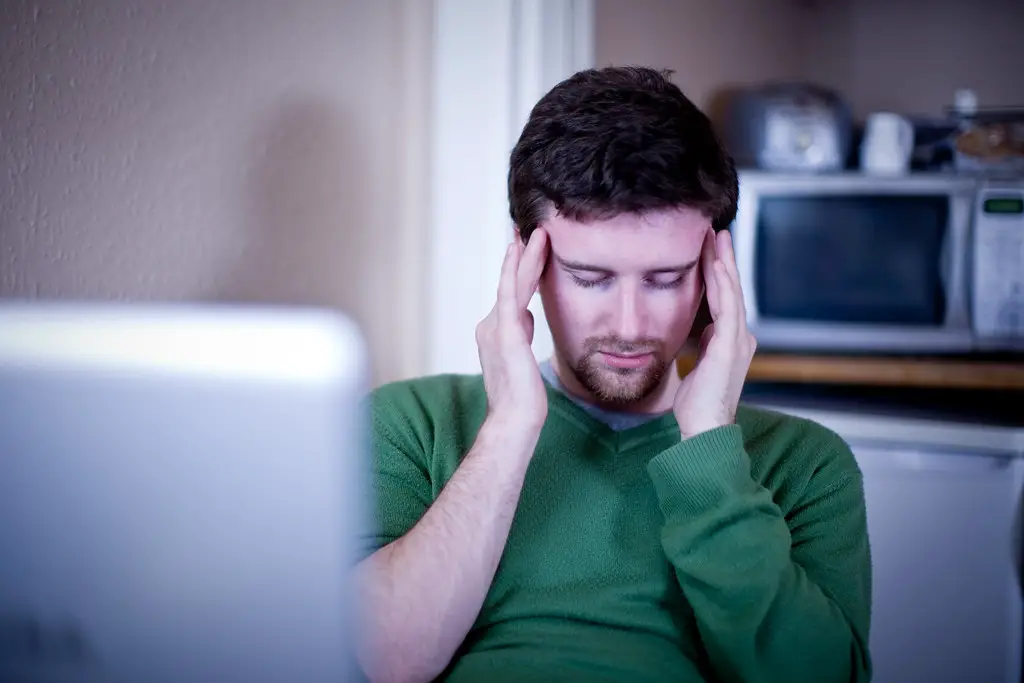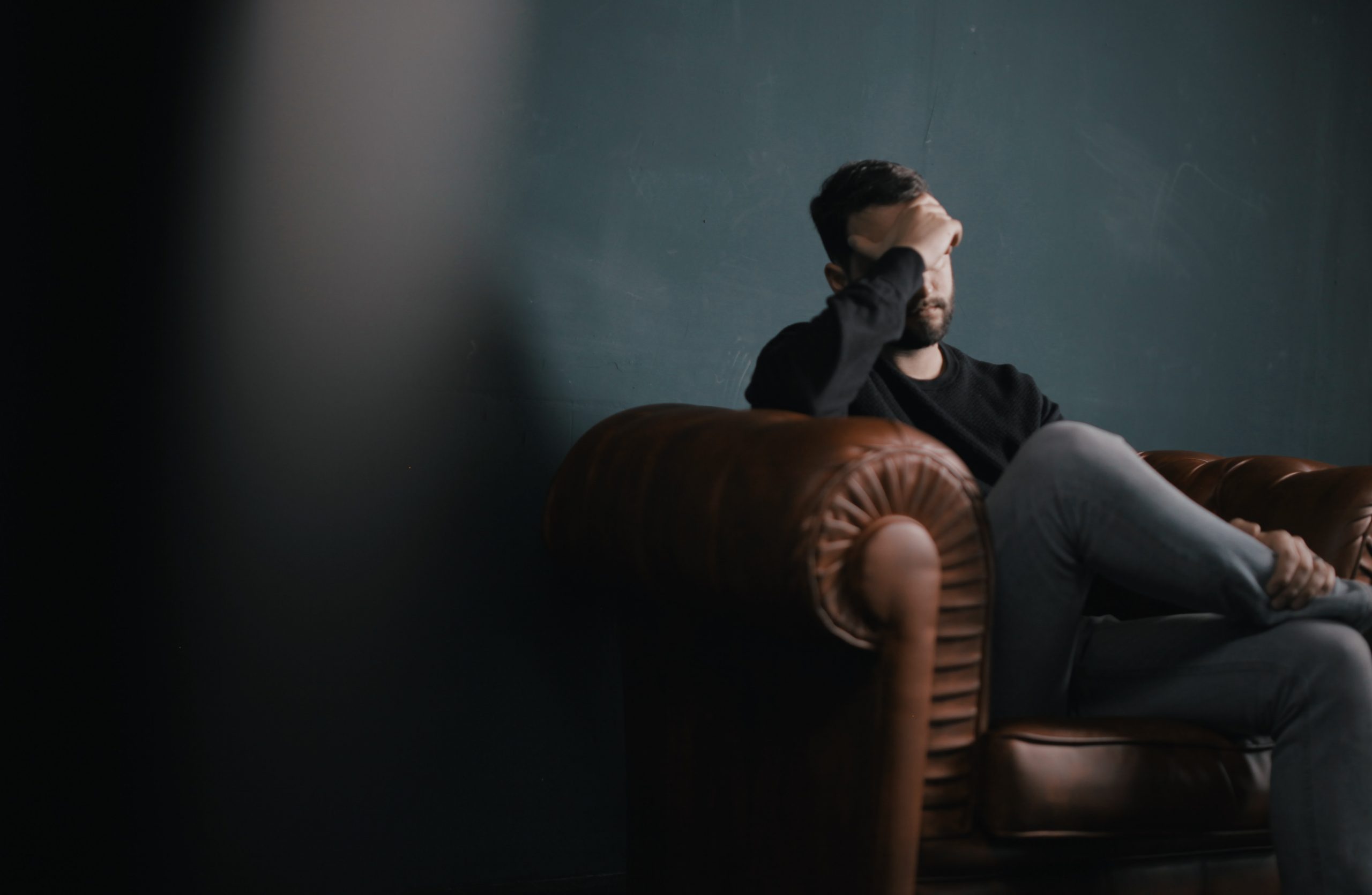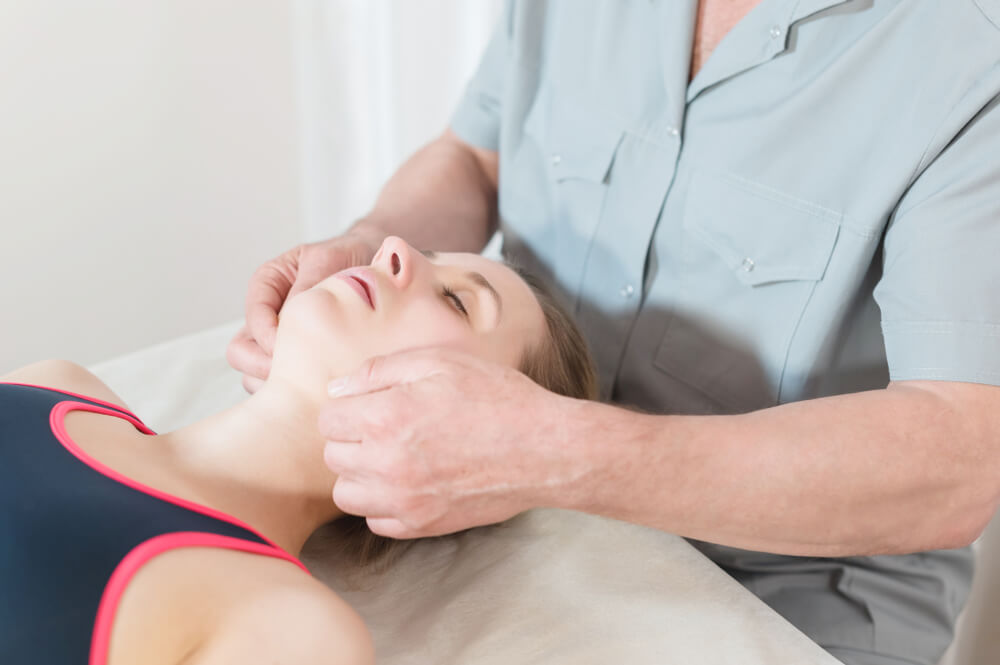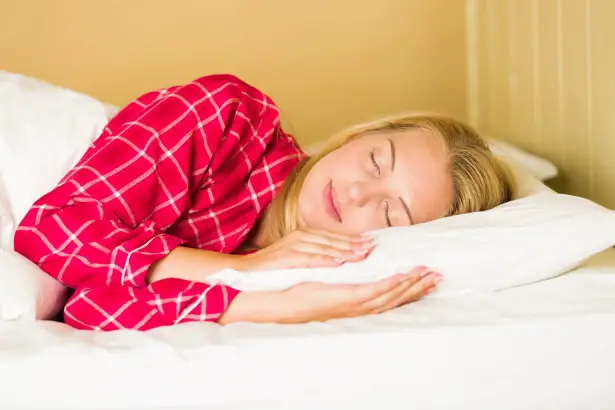Do you suffer from pain cervical and tinnitus ? If so, there are some things you need to know. The tinnitus are a common condition that affects millions of people around the world.
And although the cause of tinnitus is often difficult to determine, there may be a link between the neck pain and tinnitus.
In this article, we will discuss the connection between the neck pain and tinnitus as well as potential causes and treatment options.
Cervical Spine: Definition and Anatomy
La cervical spine is the part of spine which extends from the base of the skull to the thoracic spine. The cervical spine consists of seven vertebrae, separated by intervertebral discs.
The vertebrae are designated by the letters C1 to C7, C1 being there vertebrate located at the top of the column and C7 being the vertebra located at the bottom. The cervical spine is responsible for supporting the head and neck, and also protects the spinal cord.
Given the importance of the cervical spine, it is vital to keep it healthy. Unfortunately, the cervical spine is susceptible to injury and degenerative changes, which can lead to pain and disability.
Fortunately, there are many ways to maintain cervical spine healthy, including maintaining good posture, exercising regularly, and receiving regular chiropractic care.
Causes and Symptoms of Neck Pain
Neck pain is a common condition that can be caused by a variety of factors, including:
- Bad posture, prolonged and excessive staring at electronic screens, and sleeping in an awkward position are all common causes of neck pain.
- Cervical spondylosis is a degenerative condition that affects the joints of the neck. Symptoms of cervical osteoarthritis include pain and stiffness in the neck, difficulty moving the head, and upper limb paresthesias (such as ants in hand).
- Cervical sprain is another common cause of neck pain. It occurs when the head is suddenly thrown forward or backward causing the ligaments and muscles in the neck to stretch beyond their normal range of motion. Symptoms of whiplash include pain and stiffness in the neck, as well as headaches, dizziness and fatigue.
Cervical/somatosensory tinnitus
Cervical tinnitus et somatosensory (also called tinnitus) are symptoms related to tension in the face, neck, neck and jaw.
Often accompanied by other complications such as pain, headaches or dizziness, this type of tinnitus is a minority. Indeed, they represent only 7% of cases at most.
This tinnitus category is therefore less linked to a pathology affecting the auditory system than to a dysfunction affecting the craniocervical region. The triggering factors can be of different natures.
For example, there are cases of head or neck trauma, cases resulting from bad posture, especially of the head, as well as cases of bruxism.
What is the link between neck pain and tinnitus?
It is not uncommon for people to suffer from neck pain and tinnitus at the same time. In fact, these two conditions are often linked. Tinnitus is a condition that causes ringing or ringing in the ears.
They can be caused by a number of factors, including exposure to loud noises, age-related hearing loss, and even certain medications. Neck pain, on the other hand, is usually caused by muscle tension.
However, it can also be a symptom of other underlying health conditions. So what is the connection between the neck pain and tinnitus ?
According to one theory, neck pain can cause tension in the muscles of the head and neck, which can then lead to tinnitus.
Another possibility is that both conditions are linked to a third condition, such as disordertemporomandibular joint (ATM) or Ménière's disease.
To learn more about temporomandibular osteoarthritis, see the following article.
What to do in case of neck pain and tinnitus?
There are many types of different treatments that can be considered for neck strain. Some aim to normalize muscle tension, while others focus on practical advice on how to avoid developing neck tension.
The brief therapiesas an sophrology, may also be beneficial. Each type of treatment has its own advantages and disadvantages, so it is important to consult a healthcare professional to determine which approach is best for you.
In general, however, the following treatments may be helpful in relieving neck tension:
- Conventional treatment strategies: They include medications to reduce inflammation, muscle relaxants, and physical therapy.
- Alternative treatments: aim to normalize muscle tension and reduce trigger points include massage, heat therapy and the Brahma gesture. Using a spelled ball pillow can also help relieve pain, and turmeric can be used for its anti-inflammatory properties.
- Flexibility exercises: These exercises can help reduce muscle tension and improve range of motion in the neck and shoulders.
- Posture training: Improving your postural hygiene can help reduce strain on your neck and shoulders.
- Ergonomic changes: Changing the way you perform your daily activities can help reduce the risk of developing neck strain.
- Brief therapies: therapies such as sophrology, can help relieve the symptoms of cervical tension.
Cervical Strain Prevention Tips
In addition to healing therapies, it is essential to follow a long-term plan by putting in place some solid habits that will prevent tensions and pains from returning.
- The headrest should be raised during a car trip to relieve the neck muscles.
- Getting up several times a day is necessary, especially if you sit for long periods of time.
- To minimize the neck strain, traps and shoulders when making a phone call, use a hands-free kit.
For more than 20 strategies to relieve neck pain, see the following article.

